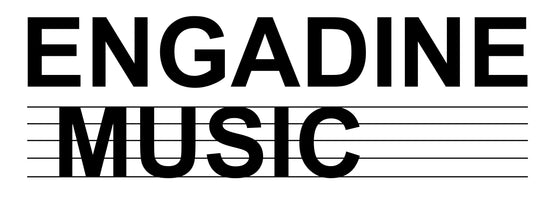Based on Ralph Vaughan Williams' hymn tune Sine Nomine ("without name"), One True Life reflects on & depicts the stages of grief – from sorrow to anger and eventually to joy and adualtion.
Program Notes
One True Life was written in loving memory of Frances Whittaker, long time band director at Washington (IL) Community High School from1944 to 1968. Having graduated from the Kroeger School of Music in St. Louis, the Cincinnati Conservatory of Music and the University of Illinois School of Music, Frances could have chosen to lead a life of a professional performing musician. Instead, she chose to become an educator and started a band program in Washington, Illinois, with only 8 students. The band program at Washington Community High School became renowned and Frances became its famous icon. Frances died on February 1, 1998, leaving behind a legacy of a life well lived. In 1997, Gene Thrailkill, a 1956 WCHS graduate, and Director of Bands at the University of Oklahoma, spearheaded a fundraising campaign to establish a scholarship in “Miss Whit’s” memory. The commission of this work is the result of that scholarship. "One True Life" was premiered on May 14, 2018, by the Washington High School Symphonic Winds, Jim Tallman and Lisa Parrott, Directors. At the time of this performance, Mr. Tallman was celebrating his 25th year at WCHS.
One True Life is based on the hymn tune, Sine Nomine (“Without Name”), written by Ralph Vaughan Williams in 1906.
The Vaughan Williams setting of the hymn has become widely used in the Christian Church on All Saints Day, the first Sunday after Pentecost, when saints, known and unknown, are remembered. It has traditionally been a way for Christians to remember loved ones who have passed before them. And so, it seems appropriate to pay tribute to Frances Whittaker, who was loved by so many, who was a mentor to so many, and whose life played such a significant role at Washington Community High School and in the community. When a loved one is lost, the stages of grief vary in mood from sorrow to anger, and eventually, to joy and adulation as we remember how the person positively affected our lives. Therefore, this work fluctuates in mood, beginning with sorrow and anger and progressing to joy.
The introduction starts solemnly with a pealing of chimes and bells in G minor which sets up a backdrop for a fugato presentation of the first part of the refrain of the hymn tune. A transition follows featuring a fanfare presentation of the refrain and a modulation to the next section in A major. Orchestra bells and piano play an arpeggiated ostinato accompanying a calm and nostalgic presentation of the entire hymn. The mood suddenly changes to anger with timpani and a full battery of percussion developing and working out rhythmic and melodic motives of the hymn in counterpoint with the wind instruments. A fugato presentation of a fragment of the refrain motive, in diminution, ensues. The section reaches a climactic close with another fanfare-like version of the refrain and a modulation to B-flat major. The mood becomes dignified and a processional theme is introduced by the clarinets and euphonium. On the repeat of this theme, piano, bells, vibraphone, and triangle are added to the texture and the hymn tune becomes the countermelody to the theme played by clarinets and, eventually, solo trumpet. A short transition in B-flat minor leads to the finale which begins full of excitement with a dialogue between the brass, woodwinds, and keyboard percussion over a backdrop of continuous pulsations of closed hi-hat. The section grows in volume and texture and modulates to a “tour de force” in E-flat major with the hymn tune beginning in unison horns and trumpets against warbling woodwinds, piano, and keyboard percussion. Another modulation follows into C major with the entire ensemble playing the final bars of the hymn in a grandiose and march-like style. The mood becomes more solemn and the tempo much slower and the last bar is played in the low brass. A prayerful and peaceful benediction follows, utilizing motives from the hymn, and modulates to A-flat major. Horns sing part of the refrain and the work ends quietly as the chimes state the first four notes of the hymn for the final time.

